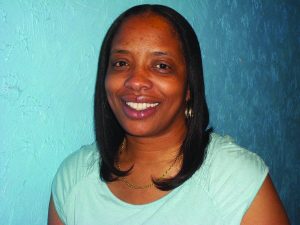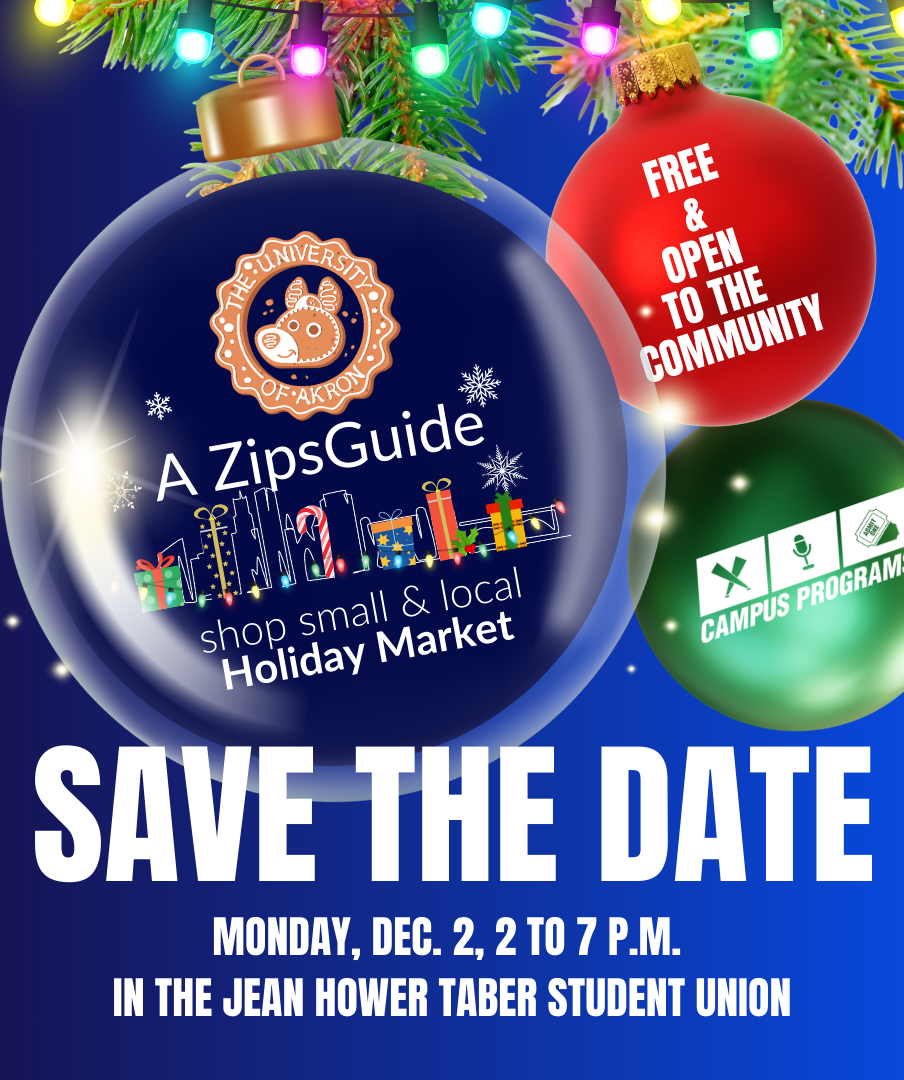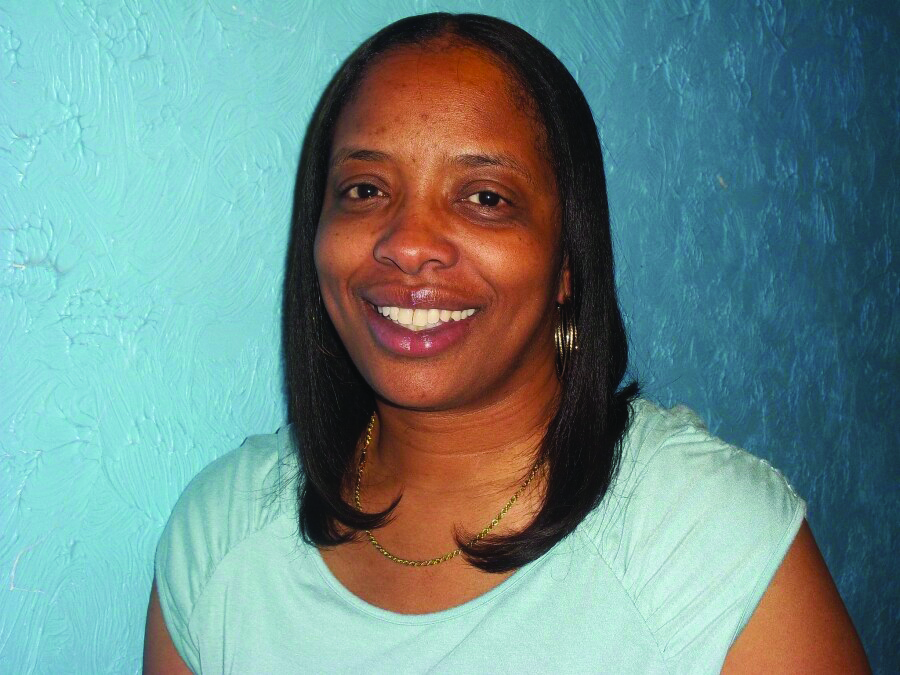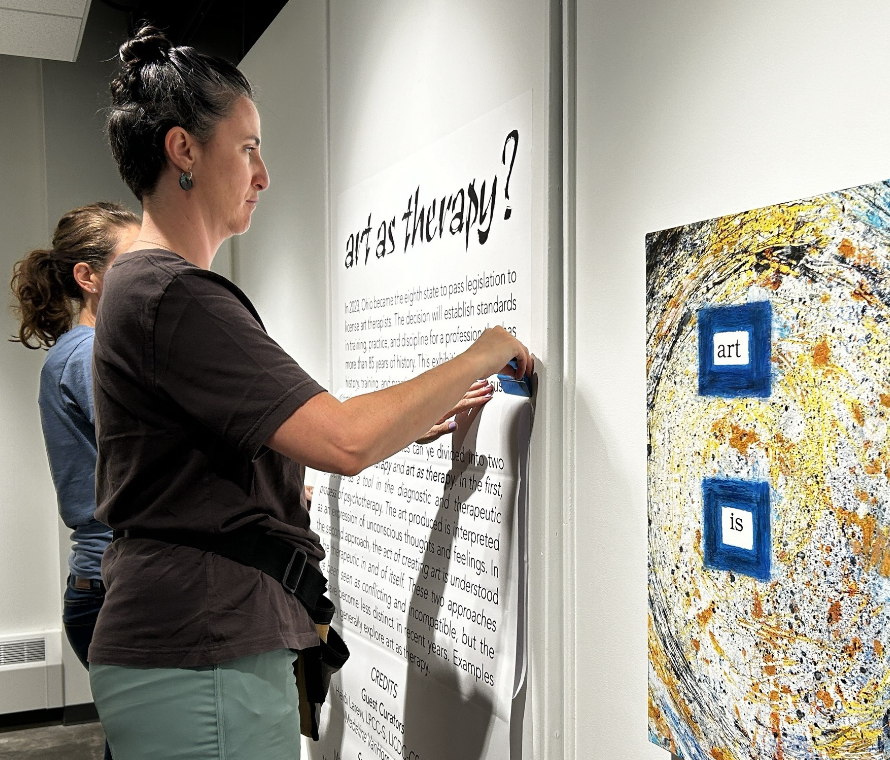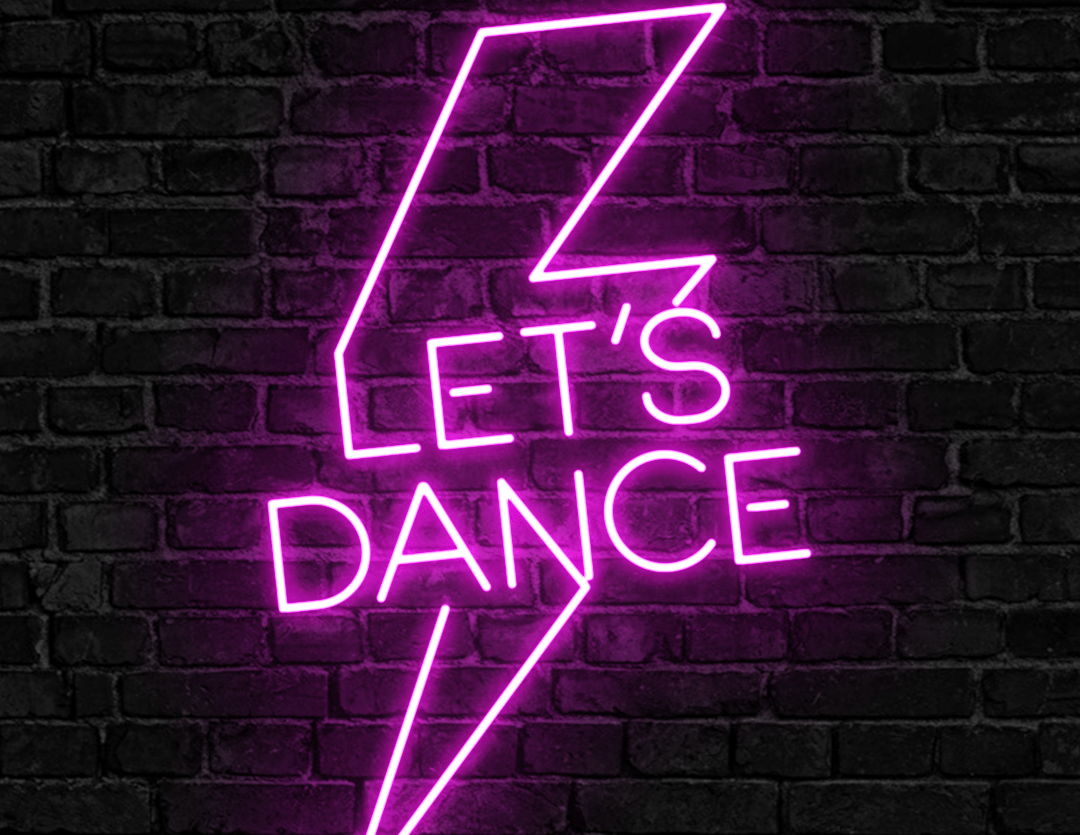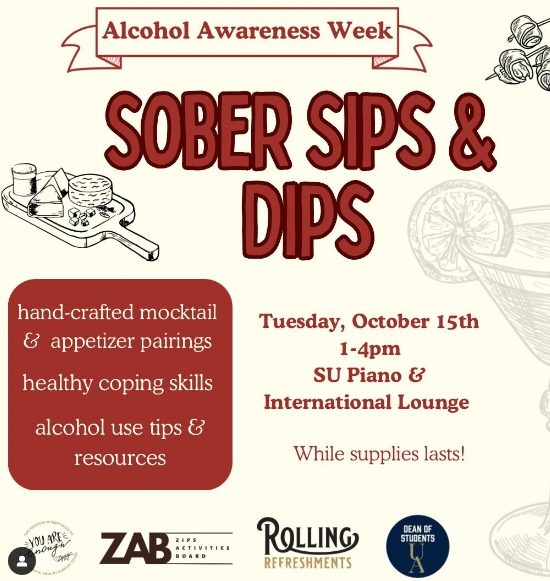Students transcribe 400-year-old manuscript
November 9, 2016
Yesterday, as part of an international transcribing event, about a dozen volunteers from The University of Akron worked to transcribe a 17th-century handwritten recipe manuscript and, in so doing, make it a typed-out, computer-encoded and electronically searchable document.
This effort was an example of a “transcribathon,” which is an event that aims to complete a full transcription of a text in a set amount of time. In yesterday’s case, it was 24 hours.
“[The manuscript] contains recipes not just for food but for medicine, and that’s not unusual for the time period,” said UA English professor Hillary Nunn.
Nunn, who organized UA’s involvement in this transcribathon, added that the recipe manuscript, once finished, will become part of a larger, completely crowd-sourced online database available for free to the public.
Yesterday’s transcribathon was run by a group called “The Early Modern Recipe Online Collective,” whose headquarters are in Washington, D.C. Nunn is there this week for the larger event, while the UA participants work back in Bierce Library and from home.
In D.C., Nunn will be testing out a few recipes from the manuscript and even doing some distilling. She also is videoconferencing back to her students regarding the transcription.
This transcribathon is not limited to UA. College campuses all over the U.S. and in a few other countries are participating too, such as in North Carolina, Colorado, England, and even Germany.
“The overall goal is to take all of these manuscripts that are from a variety of different rare book libraries and get them into searchable form,” Nunn explained. “People start at different times, at different places. Our first transcriber will be starting in Germany and then it kind of rolls westward.”
Nunn expressed that she wished more people would have a desire to do this event.
“It’s fascinating stuff. Last time we did this, I had undergraduates come in and they had no idea what to expect,” Nunn said. “And they asked, ‘Can I just do this for a living?’ And I thought, ‘That would be nice.’”
Casey Kuhajda, a second year graduate student at UA, said, “It is a great example of our excellent professors here at the University who include students when conducting their own research.”
This is Kuhajda’s second year partaking in the transcribathon.
“I want everyone to know that this is an example of one of the many activities at the University that allow students to gain valuable research experience in their respective fields,” Kuhajda said. “More students, even as undergraduates, should take advantage of them when it comes to these kind of research opportunities.”



